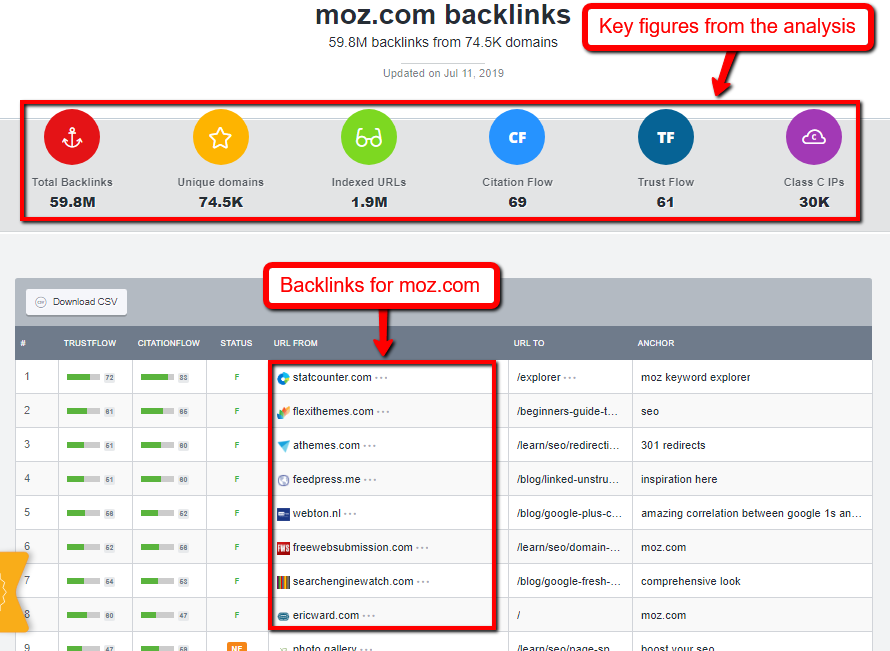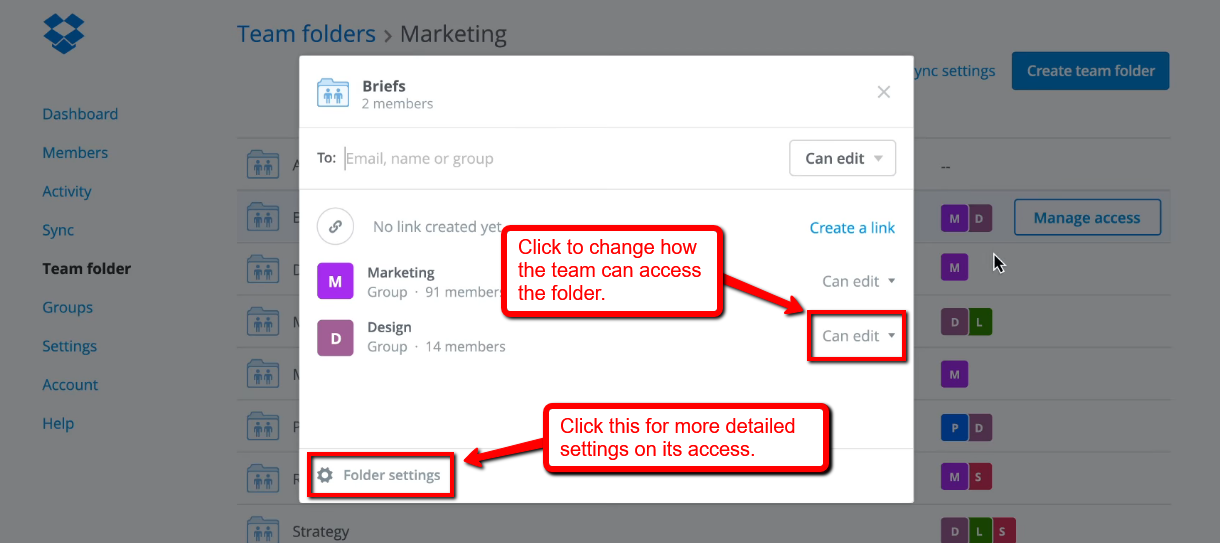8 Tools For Taking Your E-Commerce Business To The Next Level
/I know why you’re here: You’re dead serious about taking your ecommerce business to the next level, aren't you?
That’s terrific!
According to website building experts (Website Advisor), a great eCommerce platform is definitely not enough if you want to achieve great results. After all, there are now bazillions of online tools you can use to skyrocket the growth of your ecommerce business.
The good news is, that’s what we’re going to cover right now.
In this guide, we’re going to talk about the eight tried-and-tested tools that e-Commerce business owners can use to grow their businesses.
Let’s hop right in.
1. ProProfs Live Chat
While there is certainly value in using email to interact with your customers, chatting with them instantly (let alone, in real-time) takes your customer support level up a notch.
Having a live chat feature can bolster your customer support, which can easily help improve your sales. ProProfs Live Chat feature is a tried and tested tool you can use to make that happen. You can even customise the live chat icon’s appearance on your site and personalize your greetings. Doing this allows you to align your chat box with your brand.
You can also route the messages, assign delegates to answer them and pre-record responses to FAQs. To screen warm leads, ProProfs has a pre-chat form allowing you to gather information from your users. It even has a post-chat survey from which you can get instant feedback.
And if you’re wondering how your chat operators are doing, ProProfs can tell you through ratings, reports and analytics.
Once you maximize these features, coupled with effective tips for customer support, you can cultivate customer loyalty even as you grow your business.
2. Zipbooks
When receiving and managing payments, balancing your accounts accurately is critical. You need to know how much money is coming in and from which channels.
Inaccuracies can lead to unnecessary delays. While you can’t avoid human error, you can minimize the occurrence by using tools like Zipbooks.
Zipbooks helps streamline your end-to-end billing and accounting processes. You can maximize it to:
Keep a record of your transactions efficiently
Manage billing and customize invoices
Automate expense tracking
Get reports on business health and invoice quality, and receive Zipbooks’ recommendation for improvement.
Here’s how the tool looks:
Zipbooks has a visually pleasing and smooth interface for you to move from one task to another and manage tasks effortlessly.
Aside from that, the tool also allows you to receive payments through PayPal and all leading credit card companies.
3. Bulletproof
Businesses have been a major cybercrime target for years, accounting for 55 and 46 percent of the data breaches in the US in 2017 and 2018, respectively. Cybersecurity is no laughing matter and can cost you hundreds of thousands (to millions) of dollars worth of data loss, money and other assets.
That is why, when it comes to cybersecurity, prevention is still better than cure. If you or your internal IT team lack the expertise to set up robust cybersecurity defence systems, you can work with third-party cybersecurity companies like Bulletproof. Among other things, Bulletproof can run simulation techniques like penetration testing to determine the strength of your defenses and the gaps you need to fill. It can conduct penetration testing not only on your website, networks and systems but also on your mobile applications and against various social engineering tactics.
It’s imperative that you secure your ecommerce business from cyberattacks so they don’t disrupt your operations and steal valuable resources as you scale up.
4. SEOptimer
It’s critical for you to conduct a website audit so you can check how visible your site is on search engines. Doing so helps you understand why you’re not getting traffic or sales, and how you can improve your SEO strategy.
An online tool like SEOptimer can help with auditing your site.
Type in your site on their homepage so it can start reviewing your site. I used “cnn.com” as an example, and SEOptimer yielded these results:
It gives you ratings, such as A+ and B- for overall site performance, and it focuses on key aspects of your website such as SEO, usability, etc. Below the overview, you will find the specifics and more detailed analysis about those areas. One look and you can identify where you’re doing well and what you need to enhance. You will also see some recommendations from SEOptimer.
5. MailChimp
For an email marketing campaign to be impactful, it should deliver purposeful messages to a targeted type of audience at a particular time and condition.
You can do this using MailChimp.
MailChimp offers various templates that you can customize with ease. It gives you a good level of control over the design, information, message and other parts of your campaign.
MailChimp’s automation feature makes magic happen in your email marketing. Not only can it automatically send emails at pre-set conditions, but it can also personalize them based on information, responses and interests. For example, you can set MailChimp to send birthday greeting cards to your subscribers or send discount notices about products they added to their cart.
Statistics even show that 90 percent of US consumers find personalized marketing very appealing. Personalization is key to ecommerce success, and with that strategy and this tool, you can take your business to the next level.
6. Sprout
Managing customer relationships on social media can be tedious, but Sprout Social can make it easier for you.
With it, you can:
Organize conversations across all platforms in one inbox
Plan, produce, manage and publish posts
Acquire data and analytics
Discover data-based trends and actionable insights.
Here’s a look at Sprout:
In the Listening tab, for example, you can determine the popularity of an industry-relevant topic among your customers on social media.
Knowing this gives you an idea of what content or offers you should release.
In the toolbar at the top, you can click on the tabs to handle messages and posts, create content, schedule publication and access reports.
With Sprout Social, you can manage your business’ activity and social health more efficiently.
7. MonitorBacklinks
Backlinks can boost your online traffic and chances of ranking higher in the SERPs. When that happens, you’ll be in a better place to improve your conversion rates.
You must employ link-building strategies, such as creating linkable assets to increase site rankings.
Pair those strategies with backlink checkers like MonitorBacklinks, and you can improve your rankings.
Enter the URL or domain of your site in the search box — for instance, I typed in “moz.com/” — and the tool produces results like this:
At the top, it shows you in colorful icons the key figures such as the total number of backlinks, indexed URLs and others.
Below, you can see the backlink URLs and which pages Moz inserted those links, including their respective anchor texts. You can also see the site’s trust flow, which tells you its level of authority, and citation flow, or its popularity.
With MonitorBacklinks, you can gain rich insights to refine your link-building strategies.
8. Dropbox
Dropbox acts as your virtual file cabinet where you and your team can store, access, and share documents, images, etc.
This tool makes business operations more productive because you can share and get files, and post and receive feedback instantly.
Dropbox allows you to work with your team even remotely.
If you want to share files with your team, here’s how easy-to-use Dropbox is.
When sharing a specific file or folder, you can change the settings on how your team can access it. You can set the permission so certain team members can only view the file or they can also edit and modify it.
You can also go to “Folder Settings” to change other access options so you can collaborate better with your team.
What’s Next?
With today’s digital technology, you’re in a better position to achieve your ecommerce business goals. After all, there is a lot you can accomplish as you integrate the tools into your operations and strategy.
What other tools would you like add to this list?
If there are other tools you think are an absolute must for e-Commerce business owners, feel free to add them in the comments section below.
















Gift cards are supposed to be easy. They’re marketed as the perfect solution when you don’t know what to get someone—a way to give money without giving money. But what happens when that gift card doesn’t match what the recipient wants or needs? Instead of letting it sit unused, many turn to selling it. And what starts as a way to recover lost value has, for some, evolved into a thriving trade.